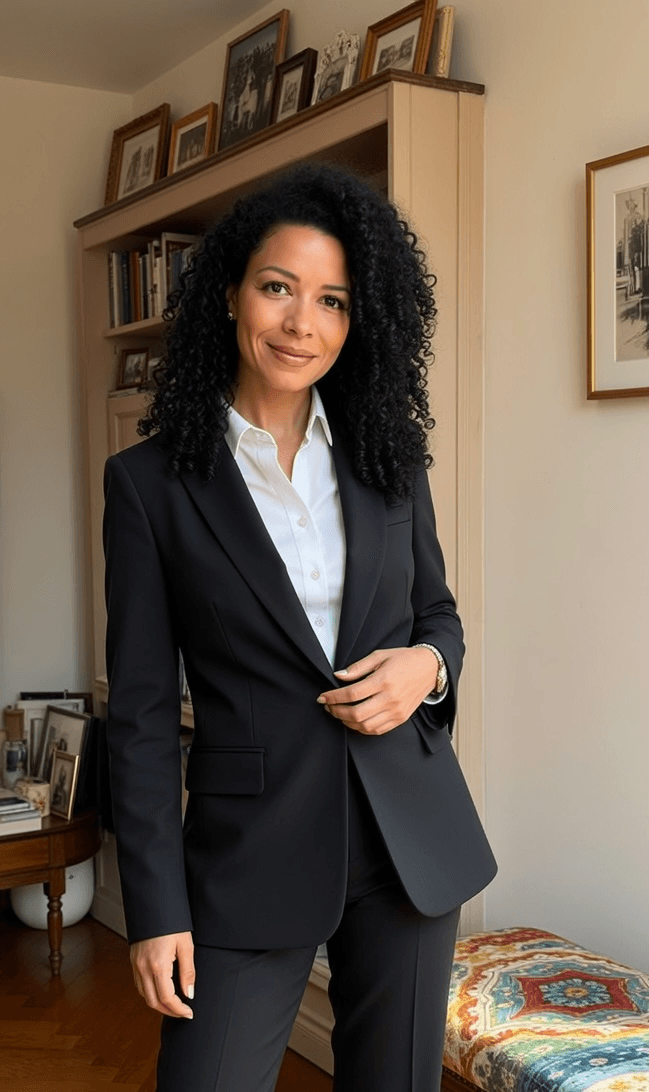Christina Rak on the Hidden Costs of Competition: How Profit and Hypersexualization Put Young Dancers at Risk
Christina Rak on the Hidden Costs of Competition: How Profit and Hypersexualization Put Young Dancers at Risk

Parents often believe dance will teach their children discipline, confidence, and creativity. But inside the competitive circuit, another story unfolds, one marked by high pressure, unhealthy standards, and a business model that often places profit over protection. Instead of nurturing kids, the system can expose them to environments that are anything but safe, revealing just how fragile the foundation of this industry really is.
Christina Rak discovered this truth the hard way. With a background in psychology and years of experience as a studio owner, she once poured her energy into helping children grow through dance. When betrayal forced her to close her own studio, she realized her experience was part of a larger problem, and she chose to fight back.
Confronting the Culture of Hypersexualization
One of the most troubling challenges Christina has focused on is the way hypersexualization has been normalized in youth dance. Costumes that are too revealing, choreography that crosses boundaries, and song choices that don’t fit the age of the performers have become common at competitions. For young dancers, this message is confusing and potentially harmful. What should be a place to grow confidence and skill instead becomes a stage that values spectacle over safety.
The consequences run deeper than appearances. When children are regularly presented in ways that push adult themes, it affects how they see themselves and how others perceive them. It creates space for exploitation to be ignored or minimized. Christina points out that the silence surrounding this issue is part of the problem. Many teachers and parents feel uneasy, but few speak up for fear of being judged, criticized, or sidelined in a highly competitive industry. Breaking through that silence and setting new standards is one of the hardest battles she faces.
For her, this is not a debate about style. It is about protecting the innocence of children and ensuring dance remains an art form that empowers rather than objectifies. By calling out hypersexualization, she is not challenging creativity but demanding responsibility.
When Profit Comes Before Protection
The second challenge Rak highlights is the profit-driven culture that has taken root in competitive dance. With competitions, studios, and organizations competing for revenue, safety often becomes an afterthought. At events, children may be left without proper supervision. Online platforms tied to the industry are poorly regulated. Without a governing body, there are no consistent protections in place, leaving families on their own to navigate risks.
Christina has watched how this culture of profit influences decision-making. Competitions tend to reward performances that grab attention, even when they push dancers into unsafe or inappropriate territory. Studios, pressured to keep up, often follow the same path. The cycle repeats, with financial gain consistently placed above the well-being of kids.
Her response has been clear: the industry must shift its priorities. She calls for practical changes like mandatory background checks for instructors, transparent codes of conduct, and safeguards against the misuse of costumes and choreography. On a larger scale, she advocates for laws similar to those that protect children in youth sports. These measures, she argues, would not limit the growth of dance but ensure that growth does not come at the expense of safety.
Shifting the Spotlight
What sets Christina apart is her determination to face these challenges head-on, even when they involve uncomfortable truths. She blends her personal experience with survivor stories and clear policy proposals, creating a call for reform that is difficult to ignore. Her work shows that dance can continue to inspire and uplift, but only if its leaders and institutions are willing to place children’s well-being first.
The spotlight in competitive dance has long been fixed on medals and applause. Christina is working to shift that light toward accountability and reform. By challenging hypersexualization and profit culture, she is asking the industry, and the parents who trust it, to consider what is truly at stake. For her, the beauty of dance should never come with hidden costs.
